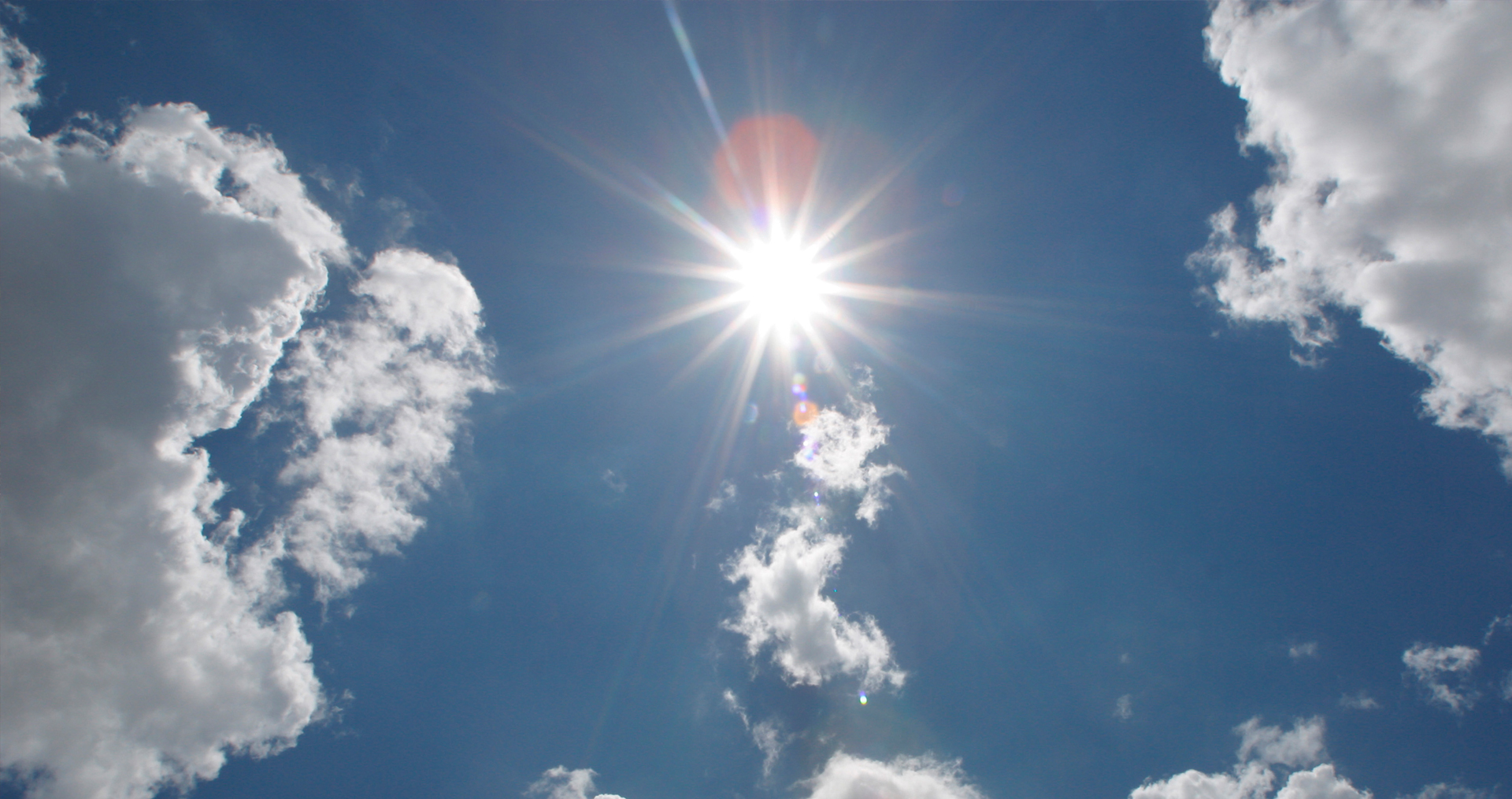Customers who install their own generation sources — usually solar, but also wind, hydropower, geothermal or fuel cells — can offset some of their energy needs. Customers remain connected to Idaho Power’s grid, drawing energy any time they aren’t producing their own power or need more than they can produce.
When certain customers (those billed under Schedules 6, 8 and 84) generate more energy than they need, they send it to Idaho Power’s grid. Energy use is measured and billed under a real-time net billing structure that measures and charges customers for all kWh consumed from the grid at the retail rate, and measures and compensates customers for all kWh exported to the grid at a time differentiated export credit rate (ECR). The ECR is updated annually. The current value can be found in our FAQs under “What is the current export credit rate?” and the proposed value filed on April 1, 2025, can be found in our FAQs under “How is the export credit rate (ECR) determined, and what is the new ECR proposed to start June 1, 2025?”
If you have questions about how to read your on-site generation bill, watch this video tutorial.
Customer Generation Eligibility and Pricing
Idaho and Oregon customers approved to generate their own electricity are billed under different pricing policies, often called rate schedules (or tariffs). Use the chart below to find your current rate schedule and the corresponding rate schedule for customers with on-site generation systems. Your current rate schedule is listed on your bill.
Idaho Power’s on-site generation tariffs, as with all other tariffs, are not contracts and are subject to change at any time upon order of the Idaho or Oregon public utilities commissions. Changes to the on-site generation tariffs in the future may include, but are not limited to, modifications to rates, billing components, billing structure, compensation structure, and the value for excess energy produced by the customer’s on-site generation system (and thus, the amount a customer would be compensated). This is consistent with the Idaho Residential Energy System Disclosure Act, which requires solar retailers to provide a disclosure reminding potential customers that legislative or regulatory actions can affect or eliminate one’s ability to sell or get credit for any excess power generated by the system and may affect the price or value of that power.
Idaho Customers
| Your Current Rate Schedule | Service Terms and Export Credit Rates for On-Site Generation | Monthly Pricing for Service and Energy Used from Idaho Power | Maximum Allowable Size for On-Site Generation System |
| Idaho Residential (Schedule 1) | Idaho Residential Service On-site Generation (Schedule 6) | Idaho Residential Service On-site Generation (Schedule 6) | Up to 25 kilowatts |
| Idaho Small General Service (Schedule 7) | Idaho Small General Service On-Site Generation (Schedule 8) | Idaho Small General Service On-Site Generation (Schedule 8) | Up to 25 kilowatts |
| Idaho Large General Service (Schedule 9), Large Power (Schedule 19) and Irrigation (Schedule 24). | Idaho Large General, Large Power and Irrigation On-Site Generation Service (Schedule 84) | Idaho Large General Service (Schedule 9), Large Power (Schedule 19) and Irrigation (Schedule 24). | Less or equal to the greater of: the greatest monthly Billing Demand established during the most recent 12-month period, or 100 kW |
Oregon Customers
| Your Current Rate Schedule | Service Terms and Export Credit Rates for On-Site Generation | Monthly Pricing for Service and Energy Used from Idaho Power | Maximum Allowable Size for On-Site Generation System |
| Oregon Residential (Schedule 1) | Idaho Residential Service On-site Generation (Schedule 6) | Oregon Residential (Schedule 1) | Up to 25 kilowatts |
| Oregon Small General Service (Schedule 7) | Idaho Small General Service On-Site Generation (Schedule 8) | Oregon Small General Service (Schedule 7) | Up to 25 kilowatts |
| Oregon Large General (Schedule 9), Large Power (Schedule 19) and Irrigation (Schedule 24) | Idaho Large General, Large Power and Irrigation On-Site Generation Service (Schedule 84) | Oregon Large General (Schedule 9), Large Power (Schedule 19) and Irrigation (Schedule 24) Service terms in Schedule 84 also apply. | Less or equal to the greater of: the greatest monthly Billing Demand established during the most recent 12-month period, or 100 kW |
For inverter-based generation sources, the nameplate capacity is defined as the AC nameplate rating of the inverter. For non-inverter-based generation sources, the nameplate capacity is defined as the nameplate rating of the generation source (example: nameplate rating of the turbine).
For non-exporting projects that will not transfer energy to the electrical grid, the maximum size for residential and small general service is 25 kW AC. There is no size limit for large general service, large power, and irrigation. See our FAQs for more information or Schedule 68 for requirements.
Technical Requirements
Solar, wind and other on-site generation sources must be installed safely. There are specific equipment requirements and designs depending on your rate schedule and size of system.
Schedule 68 Interconnections to Customer Distributed Energy Resources applies to all rate schedules and outlines the interconnection requirements and application process.
Find additional details about installation and testing requirements, including sample single-line diagrams, in the Supplemental Interconnection Information for Customer Distributed Energy Resources.
Making changes to an existing service will require the service to comply with the current Customer Requirements for Electric Service, including requirements for service and panel upgrades and meter accessibility.
See the Idaho Division of Building Safety’s safety bulletin warning about plug and play inverters.
Ready to Install?
Find application forms here.
Questions?
Check out our FAQs, or contact a Customer Solutions Advisors for help at 1-800-632-6605 or cg@idahopower.com.
Solar installers, sign up for our Customer Generation email newsletter to stay in the loop about updates and trends.
For assistance with a PDF on this page or to request a PDF in an alternate format, please contact Customer Service at 208-388-2323 or 1-800-488-6151
